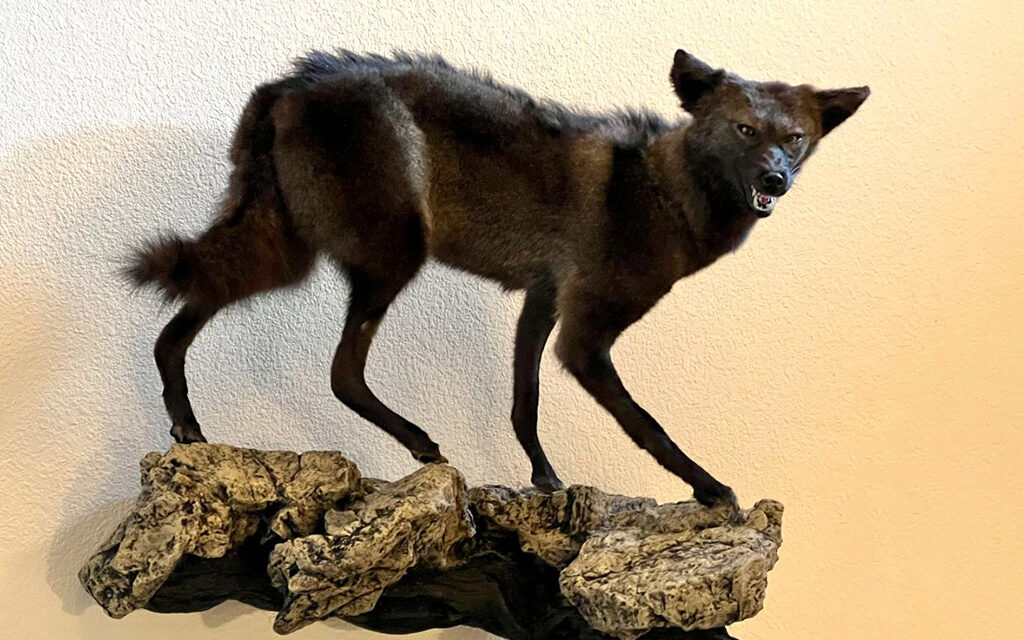by John Jefferson
I first heard of black panthers as a little kid playing in the pine and oaken thicket behind our house. It was a wild, undeveloped country. It wasn’t the Big Thicket, which began roughly fifty miles to the northwest, but to this little guy, it was similar — a deep, dark, and mysterious forest. A popular song of the time carried these lines:
“In the pines, in the pines,
where the sun never shines,
and you shiver when the cold wind blows.”
On chilling, drizzling nights, it was a foreboding place. Bedding down in Uncle Josh’s one-room cabin on Beech Creek, I’d hear weird sounds at night. Maybe “wampus cats!”
Thicket legends prevailed about Bonnie and Clyde having spent the night at the end of our street, sequestered in a dilapidated, tree-covered tourist court just before heading into Louisiana and their destiny. Tales of other nogoodniks fleeing into the secretive, tight-lipped “Thicket” to avoid arrest contributed to its spookiness. And then there were monster tales.
Half-man, half-animal sightings were regularly reported. Critters resembling a lion/horse cross jumping over tractors were sworn to be true.
Some alleged sightings were recounted as facts. If black panthers existed in Texas, I think they’d be in the Thicket or deep South Texas brush.
And Bob Snow would have trapped one.
T.T. Hunt, respected managing editor of the Beaumont Enterprise, once claimed there was a lion in his front yard upon coming home at 3:00 a.m. after putting the morning edition to bed. And he wasn’t a drinking man.
But credible wildlife biologists, including ones at TPWD, have long debunked black panthers in Texas. Most were said to possibly be melanistic mountain lions. Some are now saying they might have been jaguarundis – small, dark, cats with long tails.
But they were recently declared extinct in America. Rumors have arisen, though, that transplanted jagr’uns were released in Central Texas. A few authorities even said the alleged black panthers could be large, over-fed, black, housecats!
Believe what you will.
Absence of a corpus delicti has been the major fly in the ointment of belief. Like chupacabras, no one has ever brought one into the morgue. Until now.
But with Black Coyotes, their NOW might have come. A ranking law enforcement friend, Cody Smirl, shot one last deer season in Freestone County. That’s his taxidermy black coyote snarling at you from the officer’s wall.
When the “corpus” was at the taxidermy shop awaiting its new body, I’m told several people came to see it at Hunters’ Creek Taxidermy and one or more of them said it WAS a melanistic coyote. In THIS court, hearsay evidence is admissible. The taxidermist that mounted this recent black coyote sent word to me that he has now mounted three of them.
TPWD wildlife biologist, Jonah Evans, told me by phone that a research paper on melanism in red wolves and coyotes stated that blackness was rare in coyotes but present in less than ten percent of the population. So, it does occur in coyotes.
JJ





